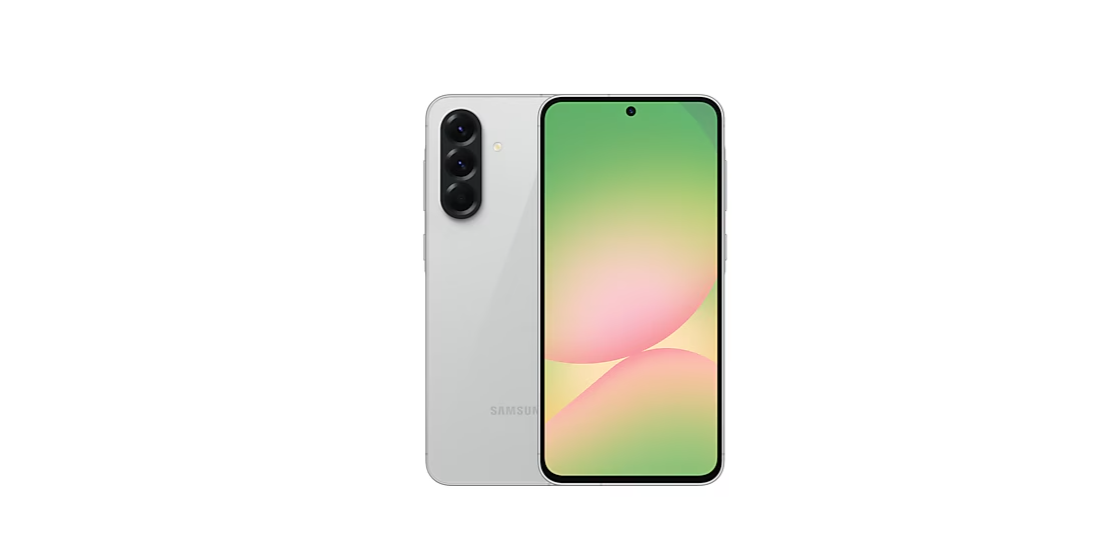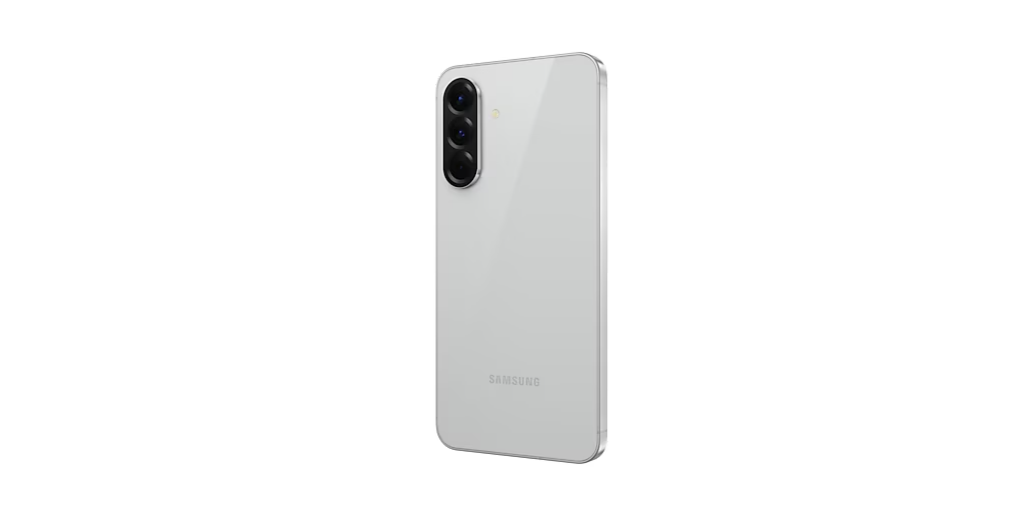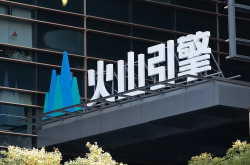Samsung's New Mid-Range Phones Hit Chinese Market, Yet Face Tough Competition from Domestic Brands
![]() 03/24 2025
03/24 2025
![]() 523
523
In the current global smartphone landscape, two manufacturers stand out as industry leaders, unlikely to be surpassed soon. Apple leads the pack with its iPhone, dominating rankings throughout the year and boasting unmatched profitability. Samsung, on the other hand, holds a significant advantage in the global mobile phone supply chain, with some manufacturers relying solely on its high-end components. This is not to exalt these companies but to acknowledge their undeniable strengths and industry leadership. However, their strategies differ: Apple focuses solely on design, outsourcing all component manufacturing to third parties, whereas Samsung boasts more comprehensive capabilities yet adheres to the Android ecosystem's model-proliferation approach.
Despite Samsung's extensive reach, its mid-range offerings struggle to compete with domestic Chinese phones. Take the newly launched A56, for instance; it pales in comparison to similar domestic models. Why? The data speaks for itself.

Starting with price, the Samsung A56's base model (8GB+256GB) retails at 2999 yuan, with a subsidized price of 2549 yuan. The 12GB+256GB variant costs 3299 yuan, subsidized at 2804 yuan. These prices exceed those of domestic Snapdragon 8 Ultimate Edition phones. Powered by Samsung's own Exynos 1580 chip, clocked at 2.9GHz (slightly lower than the Snapdragon 8 Gen2), comparable domestic models are priced under 1800 yuan.
In terms of screen quality, while not on par with Samsung's flagship models, it should suffice in the mid-range segment. Featuring high brightness and visual enhancement technology, the display should impress. Domestic competitors in the same price bracket offer similar or better performance. Photography-wise, the A56's camera setup—a 50MP main camera, 12MP ultra-wide, 5MP macro, and 12MP front camera—is standard, found in domestic phones priced below 2000 yuan.

If the A56 integrated Samsung's flagship imaging algorithms, its photography capabilities would likely improve. Battery life is average, with a 5000mAh capacity and 45W charging. Domestic mid-range phones often start at 6000mAh and support over 80W charging. Water resistance is IP67, while many domestic mid-rangers boast IP68.
The Samsung A56 does have its strengths. Its smart assistant, Bixby AI, is powerful, particularly the "Search by Circle" feature. The system also supports 6 years of security updates, ensuring a long lifespan provided the battery holds up. Post-production video and photo editing capabilities are also noteworthy. If prices drop below 2000 yuan, the A56 could become a cost-effective option.

Are you intrigued by this phone? Let us know your thoughts!






